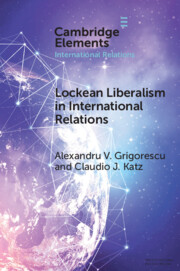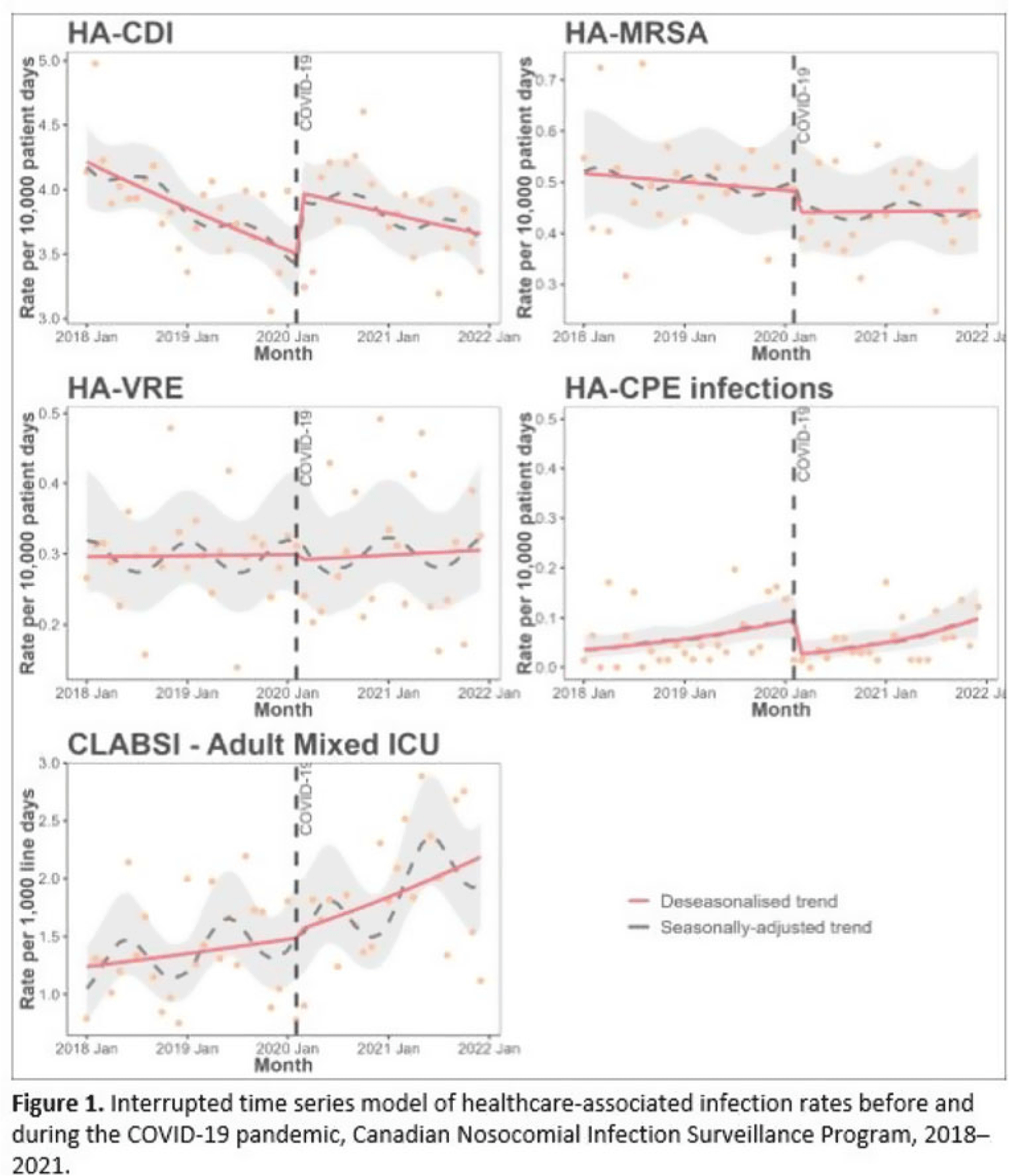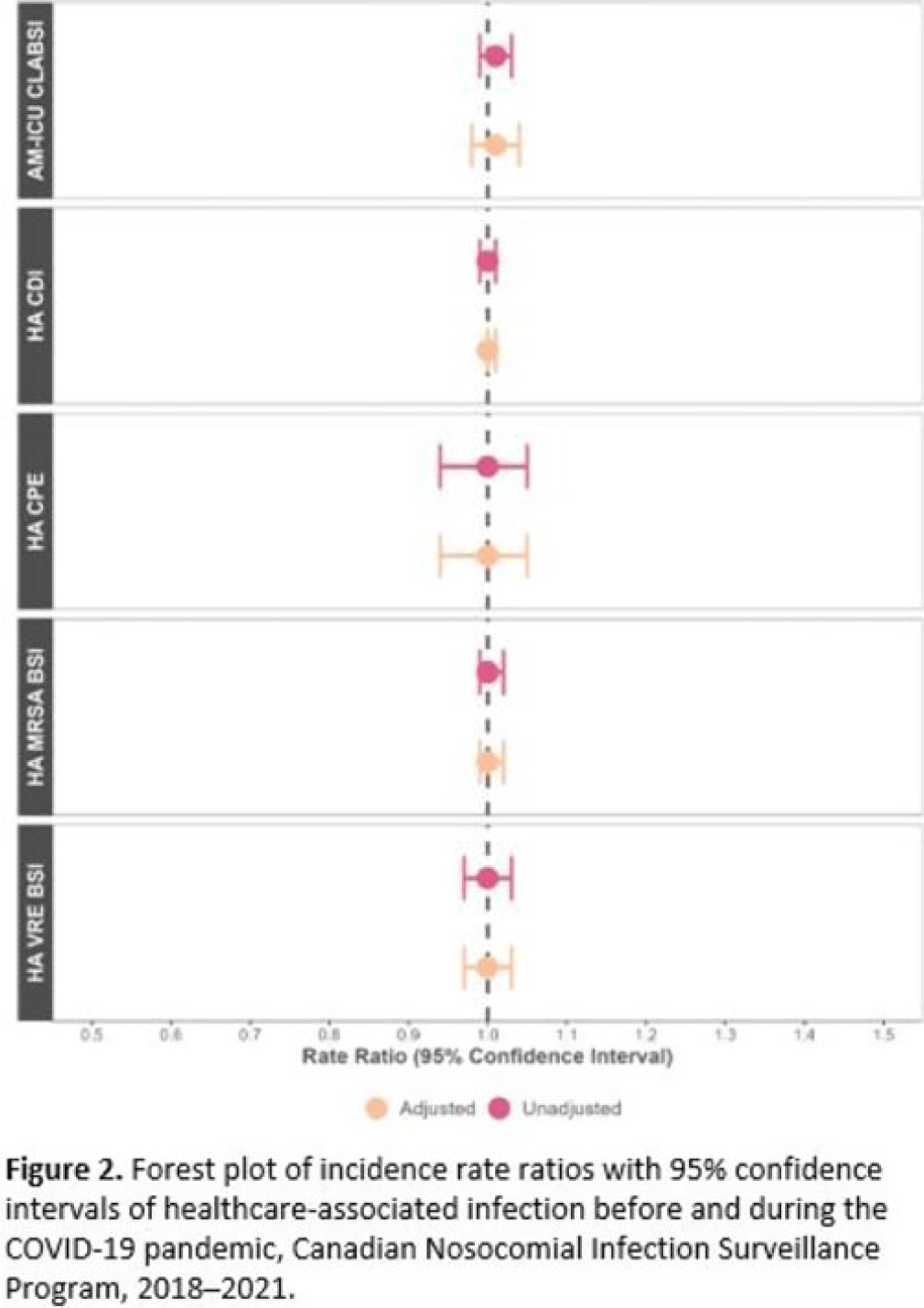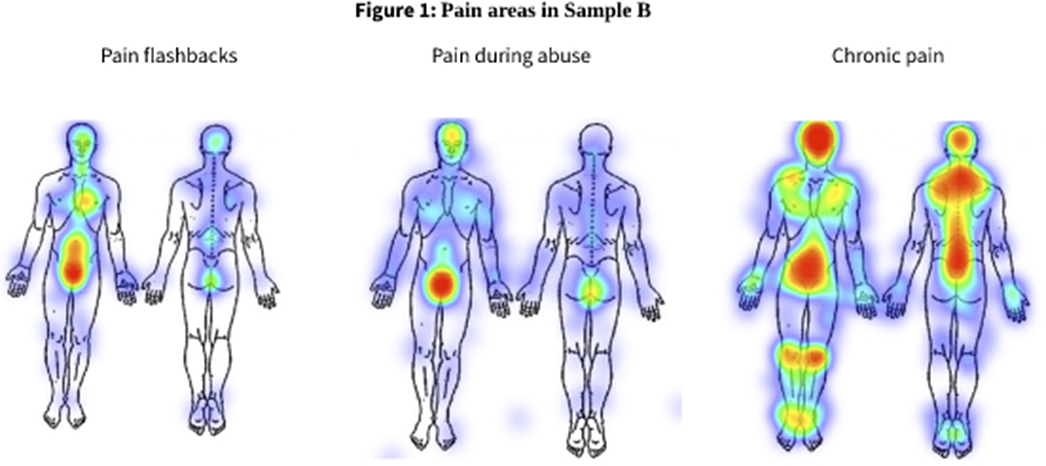1529 results

Lockean Liberalism in International Relations
-
- Published online:
- 13 March 2024
- Print publication:
- 04 April 2024
-
- Element
- Export citation
Provider-ordered viral testing and antibiotic administration practices among children with acute respiratory infections across healthcare settings in Nashville, Tennessee
-
- Journal:
- Antimicrobial Stewardship & Healthcare Epidemiology / Volume 4 / Issue 1 / 2024
- Published online by Cambridge University Press:
- 06 March 2024, e29
-
- Article
-
- You have access
- Open access
- HTML
- Export citation
Development of a mentor training curriculum to support LGBTQIA+ health professionals
-
- Journal:
- Journal of Clinical and Translational Science / Volume 8 / Issue 1 / 2024
- Published online by Cambridge University Press:
- 15 February 2024, e44
-
- Article
-
- You have access
- Open access
- HTML
- Export citation
The Impact of the Size of Bribes on Criminal Sanctions: An Integrated Philosophical and Economic Analysis
-
- Journal:
- Canadian Journal of Law & Jurisprudence / Volume 37 / Issue 1 / February 2024
- Published online by Cambridge University Press:
- 17 April 2024, pp. 31-46
- Print publication:
- February 2024
-
- Article
- Export citation
Chapter 2 - Point-of-Care Ultrasound for Obstetrics: Basics and Introductory Chapter
-
-
- Book:
- Obstetric Anesthesia and Uncommon Disorders
- Published online:
- 26 January 2024
- Print publication:
- 01 February 2024, pp 6-13
-
- Chapter
- Export citation
On the scaling and critical layer in a turbulent boundary layer over a compliant surface
-
- Journal:
- Journal of Fluid Mechanics / Volume 980 / 10 February 2024
- Published online by Cambridge University Press:
- 31 January 2024, R2
-
- Article
-
- You have access
- Open access
- HTML
- Export citation
Impact of oral vancomycin treatment duration on rate of Clostridioides difficile recurrence in patients requiring concurrent systemic antibiotics
-
- Journal:
- Infection Control & Hospital Epidemiology , First View
- Published online by Cambridge University Press:
- 30 January 2024, pp. 1-9
-
- Article
- Export citation
Influence of Cations on Aggregation Rates in Mg-Montmorillonite
-
- Journal:
- Clays and Clay Minerals / Volume 61 / Issue 1 / February 2013
- Published online by Cambridge University Press:
- 01 January 2024, pp. 1-10
-
- Article
- Export citation
Bacteria-clay interaction: Structural changes in smectite induced during biofilm formation
-
- Journal:
- Clays and Clay Minerals / Volume 57 / Issue 2 / April 2009
- Published online by Cambridge University Press:
- 01 January 2024, pp. 205-212
-
- Article
- Export citation
Granular dilatancy and non-local fluidity of partially molten rock
-
- Journal:
- Journal of Fluid Mechanics / Volume 978 / 10 January 2024
- Published online by Cambridge University Press:
- 27 December 2023, A7
-
- Article
-
- You have access
- Open access
- HTML
- Export citation
14 Changes in Service Delivery Models for Children with Neurodevelopmental Disorders During the Covid-19 Pandemic
-
- Journal:
- Journal of the International Neuropsychological Society / Volume 29 / Issue s1 / November 2023
- Published online by Cambridge University Press:
- 21 December 2023, pp. 623-624
-
- Article
-
- You have access
- Export citation
90 School-based Implementation of Educational and Neurocognitive Interventions in Children with Neurodevelopmental Disorders.
-
- Journal:
- Journal of the International Neuropsychological Society / Volume 29 / Issue s1 / November 2023
- Published online by Cambridge University Press:
- 21 December 2023, pp. 190-191
-
- Article
-
- You have access
- Export citation
22 - Pictorial Irony and Sarcasm
- from Part VI - Irony in Expressive, Nonlinguistic Media
-
-
- Book:
- The Cambridge Handbook of Irony and Thought
- Published online:
- 20 December 2023
- Print publication:
- 07 December 2023, pp 402-425
-
- Chapter
- Export citation
Wave statistics and energy dissipation of shallow-water breaking waves in a tank with a level bottom
-
- Journal:
- Journal of Fluid Mechanics / Volume 975 / 25 November 2023
- Published online by Cambridge University Press:
- 16 November 2023, A25
-
- Article
-
- You have access
- Open access
- HTML
- Export citation
Remembrance of Things Past
-
-
- Book:
- International Survey of Family Law 2023
- Published by:
- Intersentia
- Published online:
- 03 April 2024
- Print publication:
- 31 October 2023, pp 33-36
-
- Chapter
- Export citation
Analysis of high-speed drop impact onto deep liquid pool
-
- Journal:
- Journal of Fluid Mechanics / Volume 972 / 10 October 2023
- Published online by Cambridge University Press:
- 04 October 2023, A31
-
- Article
-
- You have access
- Open access
- HTML
- Export citation
Congruence between International Classification of Disease, Tenth Revision (ICD-10) code and written documentation for outpatient encounters with antibiotic prescriptions
-
- Journal:
- Antimicrobial Stewardship & Healthcare Epidemiology / Volume 3 / Issue S2 / June 2023
- Published online by Cambridge University Press:
- 29 September 2023, p. s39
-
- Article
-
- You have access
- Open access
- Export citation
Impact of COVID-19 on healthcare-associated infections in Canadian acute-care hospitals: Interrupted time series (2018–2021)
-
- Journal:
- Antimicrobial Stewardship & Healthcare Epidemiology / Volume 3 / Issue S2 / June 2023
- Published online by Cambridge University Press:
- 29 September 2023, pp. s112-s113
-
- Article
-
- You have access
- Open access
- Export citation
Epidemiology of central-line–associated bloodstream infection mortality in Canadian NICUs before and after 2017
-
- Journal:
- Antimicrobial Stewardship & Healthcare Epidemiology / Volume 3 / Issue S2 / June 2023
- Published online by Cambridge University Press:
- 29 September 2023, p. s48
-
- Article
-
- You have access
- Open access
- Export citation
Pain flashbacks: The role of intrusive pain symptoms in posttraumatic chronic pain
-
- Journal:
- European Psychiatry / Volume 66 / Issue S1 / March 2023
- Published online by Cambridge University Press:
- 19 July 2023, p. S112
-
- Article
-
- You have access
- Open access
- Export citation













